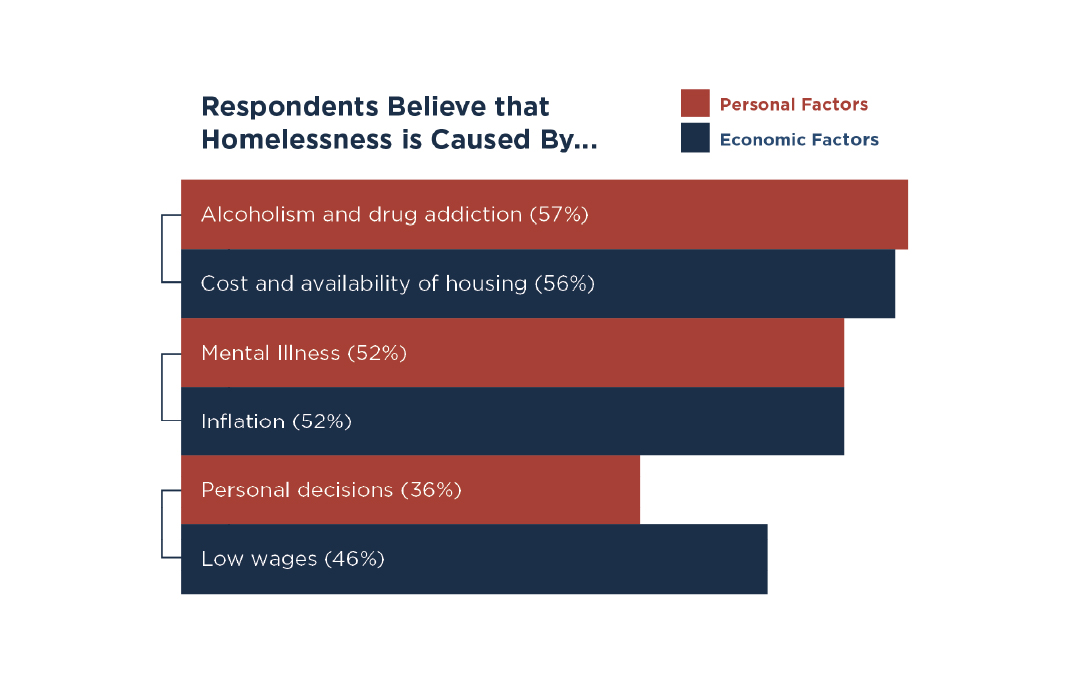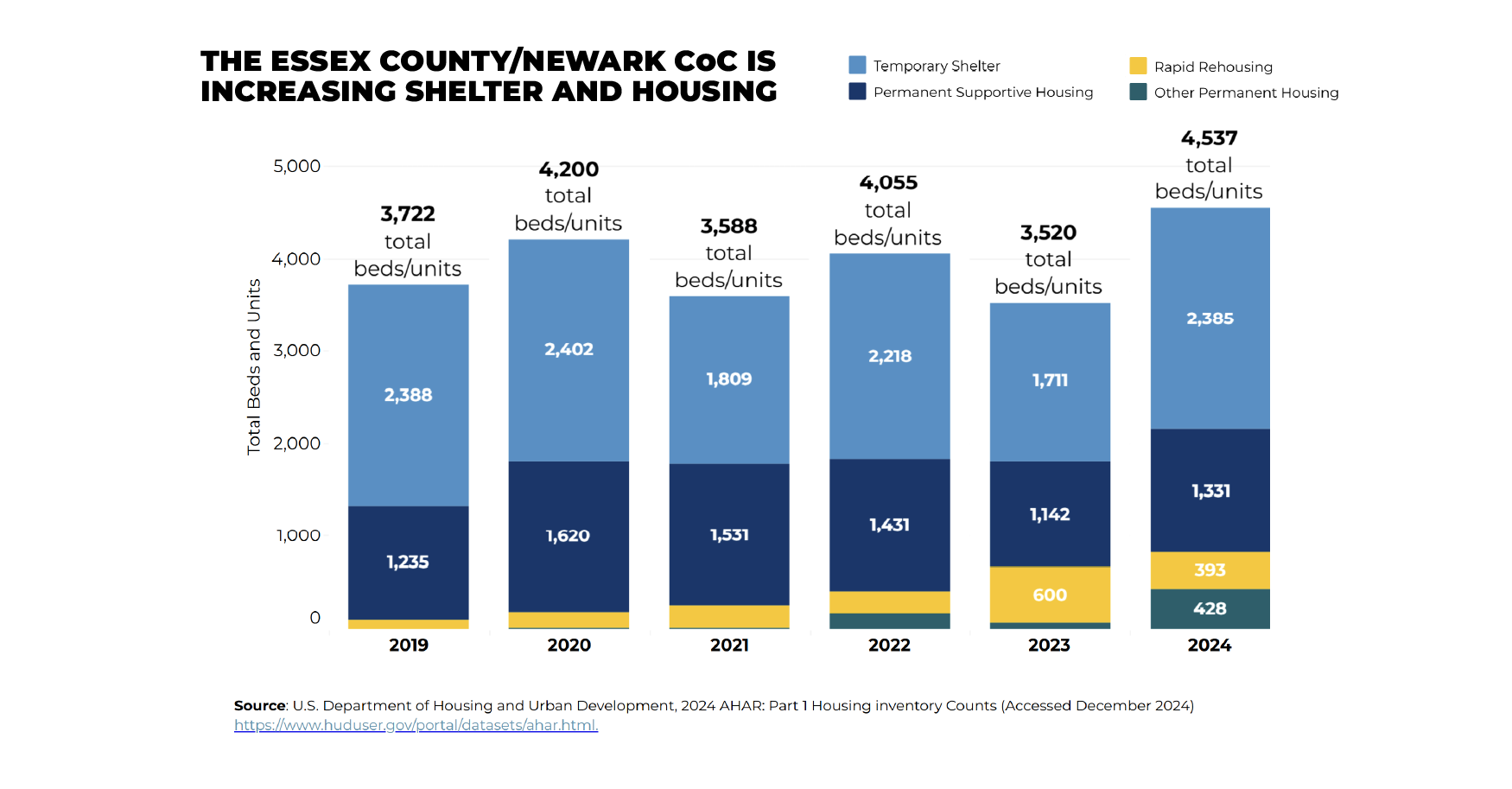Everything in this guide is based upon a set of underlying principles for good homelessness prevention services. These basic principles should influence every aspect of program design and implementation.
Principle 1: Crisis resolution
Every situation that could result in homelessness is a crisis for the person experiencing it. Crisis resolution responses must include: rapid assessment and triaging, based upon urgency; an instant focus on personal safety as the first priority; de-escalation of the person’s emotional reaction; definite action steps the individual can successfully achieve; assistance with actions the individual is temporarily unable or unwilling to attempt; and returning the person to control over their own problem-solving.
Principle 2: Client choice, respect and empowerment
People in crisis may feel paralyzed by the urgency and the potentially devastating consequences of their situation. Homelessness prevention services must help people in crisis regain a sense of control and feeling of empowerment to actively overcome obstacles. A constant emphasis on the client’s goals, choices, and preferences, an unwavering respect for their strengths, and reinforcement of progress are essential for empowerment. This does not mean clients are protected from the natural consequences of their actions.
Principle 3: Provide the minimum assistance necessary for the shortest time possible
Respect includes “letting go” as soon as the person has the resources, knowledge and tools to continue their lives–however they choose to live them. Providing “just enough” to prevent homelessness enables a program to help far more people in crisis. Often this means ensuring resources are used to help persons at-risk of losing housing of any kind—persons who would otherwise end up on the street or in an emergency shelter—before using resources to provide assistance for other needs. Providing non-essential assistance to a program client will cost someone else in the community their housing.
Principle 4: Maximize community resources
Mainstream assistance programs are intended to be the backbone of every community. Creating duplicate services for a sub-population such as people at risk of homelessness allows mainstream agencies to continue to bypass or ineffectively serve people who have a right to better quality and access. Duplication also wastes valuable, limited resources that could be spent to keep more households from becoming homeless.
Principle 5: The right resources to the right people at the right time
The earlier a program intervenes in a housing crisis, the lower the cost. The outcomes may look impressive, but research shows that most people who receive prevention assistance would not have become homeless even without assistance. The later the intervention, the more costly and the lower the success rate. But at the latest stages of an individual’s housing crisis, it is virtually certain she or he would have become homeless without assistance. Good prevention programs strive to target people who have the highest risk of becoming homeless but who also have a good chance of remaining housed if they receive assistance.
Stay Updated: Solutions, Stories, and Ways to Make an Impact
Sign up to receive updates on the Alliance’s work, including the latest research, advocacy efforts, and real stories of progress — plus ways you can help drive lasting change.













